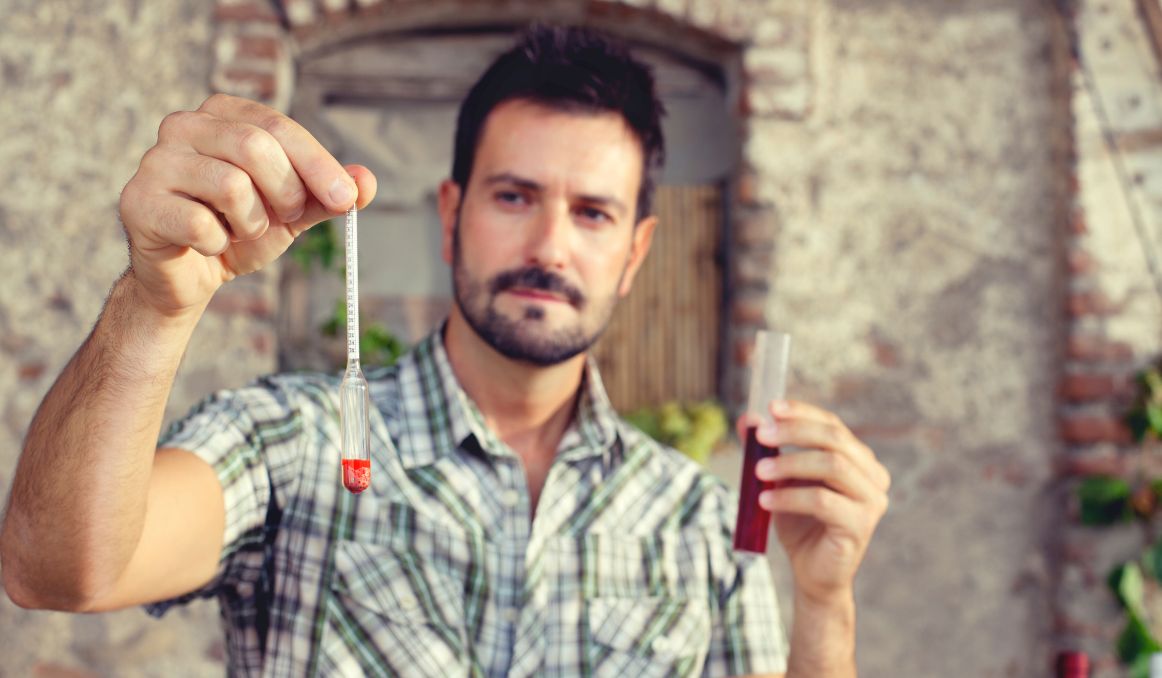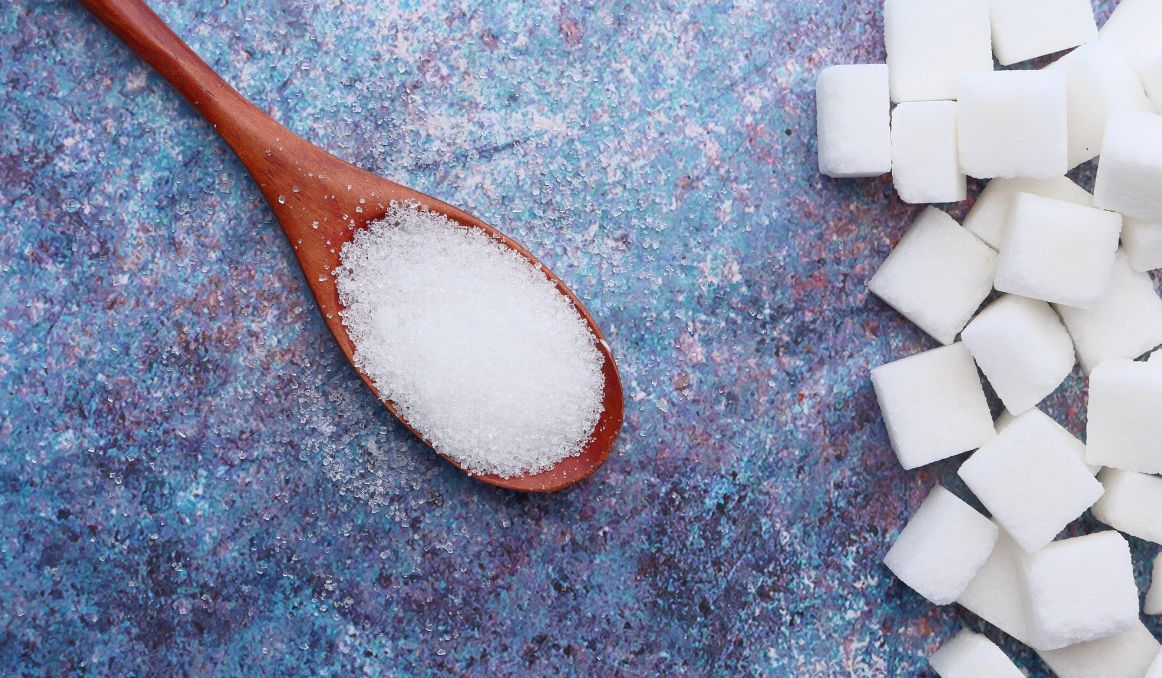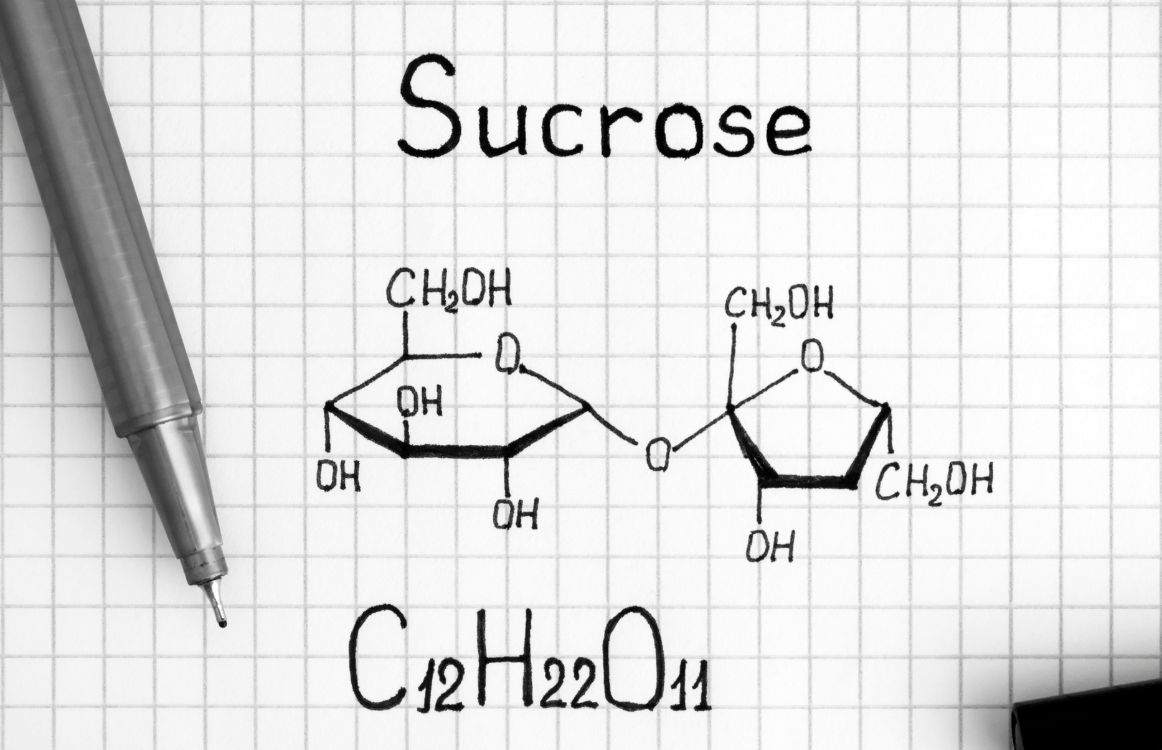Why Does Yeast Ferment Glucose Faster than Fructose?
While you may know that the primary goal of yeast is to ferment foods and drinks, it can be tricky to figure out how and why that fermentation process occurs so that you may drive it according to your own fermentation needs.
One question that comes up often when it comes to various types of fermentation is the difference between glucose and fructose, their relationships to yeast and their fermentation rate.
How do glucose and fructose fermentation differ? Why does yeast ferment glucose faster than fructose?
Glucose Versus Fructose: What’s the Difference?

Glucose and fructose are both naturally occurring sugars in our foods and drinks, but our bodies treat them differently.
Glucose is the sugar we get from grains and starchy vegetables. When our bodies eat them, they trigger our “fullness” hormone. They also provide almost all of our stored energy.
When we talk about insulin and blood sugar in humans, we are mostly talking about blood glucose levels.
Glucose, essentially, comes from carbs, and carbs are humans’ main source of energy.
Fructose, on the other hand, is a simpler sugar that does not trigger our fullness hormone, leptin, in the same way, which is why you can typically eat fructose foods – fruits, some vegetables, candy, and soda – in seemingly endless quantities without ever feeling full.
Fructose is metabolized almost entirely by the liver, and excess fructose in your diet can actually lead to fatty liver disease.
This does not mean you should cut back on your fruit intake, but perhaps look at your soda or candy habit to avoid this disease.
You may also hear about sucrose in these conversations.
Sucrose is merely pure sugar you would find in sugar cane or sugar beets, also table sugar, all of which is made up of one part glucose and one part fructose.
Energy Production
The biggest difference between glucose and fructose, then, is in their energy production.
In lab experiments, it has been shown that glucose produces almost three times as much energy as fructose.
This makes sense when you think about the difference in the way the two sugars operate in the body.
If glucose spreads throughout the body, interacting with insulin levels, the small intestine, blood glucose, and more, while fructose goes almost immediately to the liver to be metabolized and turned to fat, it makes sense that glucose would be a much harder hitting powerhouse when it comes to energy production.
Yeast and Glucose
For those unaware, the yeast is the primary ingredient in any fermented food or drink precisely because it is what causes the fermentation.
The way it does that is simple.
Yeast consumes sugar and starch (which is really just a form of sugar) and converts it to alcohol and carbon dioxide.
As has been shown in multiple studies, and as many vintners and brewers can attest from firsthand experience, glucose does indeed ferment much more quickly than fructose.
Grapes, which have a much higher fructose to glucose ratio, ferment into wine at a rate of approximately 2 to 3 weeks.
Grains like barley and wheat, on the other hand, have a much higher glucose to fructose ratio, and tend to ferment into beer in as little as 3 days.
Of course, temperatures, types of grapes and grains, and other ingredients (such as the different wine yeast strains and beer yeast strains) all play a factor as well, but the bottom line is that glucose does indeed ferment faster than fructose.
It’s All About Energy

It seems the conclusion we can draw quite easily has to do with energy production. Because glucose burns faster and hotter than fructose, for some reason, yeast seems able to use that energy from glucose to convert the sugar to alcohol and carbon dioxide much faster.
The fermentation process also seems to be much more explosive in beer, with grains giving glucose, than in wine, which is why you have much more carbonation in beer than in wine.
But why, exactly, does yeast ferment glucose faster than fructose?
So, ok, we’ve established that yeast prefers glucose to fructose because it makes for a more energy efficient fermentation process. But, as with all things, just the fact that you prefer something doesn’t make it possible for you to have it. So what exactly makes the fermentation process of glucose more efficient than that of fructose?
To begin with, the enzymes that yeast uses to break down sugars. One of this enzymes is hexokinase, which has a higher affinity for glucose than fructose. As a consequence, glucose can be more efficiently converted by this enzyme into glucose-6-phosphate, therefore initiating the fermentation process at a faster rate.
Secondly, the metabolic pathway. Glucose is converted immediately into glucose-6-phosphate, while while fructose needs to undergo additional enzymatic steps in order to be converted into glucose-6-phosphate and make it into the glycolytic pathway. Because of these extra steps that are needed, the overall rate of fructose metabolism is slowed down and, implicitly, so is the fermentation process.
Thirdly, the transporters. Yeast cells contain specific transporters that help facilitate the entry of glucose and fructose and not only that yeast contains more glucose transporters, but they also tend to allow for a more rapid uptake of glucose compared to fructose.
Last but not least, it’s what we’ve already talked about, albeit in different terms: metabolic preference. Yeast has a natural metabolic preference for glucose over fructose.
Stuck Fermentation
Indeed, this preference of yeast for glucose over fructose may be part of the answer to sluggish and stuck fermentations.
While grains and fruits all have both glucose and fructose, it makes sense that, as yeast gets to work doing its job consuming and converting, it consumes all of the glucose first, and at a much faster rate than it consumes the fructose.
Once it has consumed all of the glucose and is left with only fructose, yeast slows down the fermentation process, and may even stagnate.
At this point, brewers and vintners alike find themselves having to either agitate the wort or must or stimulate the batch by repitching new yeast into the stagnate brew.
Even Sucrose Is Better!

Indeed, multiple brewers and vintners have found that even sucrose ferments better with yeast than fructose does.
Which is why we often find brewers adding sugar to wort or must to increase the rate of fermentation and/or the alcohol content.
Fructose, with the lowest energy production, is the least favored by yeast for fermentation. That’s why fructose fermentation is so slow.
Another reason both glucose and sucrose seem to be favored by yeast in fermentation could be related to oxygen.
Yeast can use oxygen to release the energy from sugar in a process called “respiration.” Thus, the more sugar there is, the more active the yeast will be and the faster its growth. Glucose and sucrose have much more sugar than fructose, which once again puts fructose at the bottom of the favor list.
In the end, mixing and matching with the various sugars and starches is all part of the brewing process.
You can experiment with various grains and even combinations of grains, play around with varieties of grapes that have more or less fructose and more or less glucose, and you can always add in a little more or take away a little sucrose, and see what kind of fermentation processes you end up with and what that does to your batches in terms of flavor and aroma.
It’s all about experimentation and having fun, after all.
Cheers!
Are you still pitching fresh yeast every time? By reusing your yeast, you can save up to hundreds of thousands of dollars per year on just yeast alone!
Join the hundreds of brewers and vintners from all around the world using the Smartest Automated Yeast Cell Counter! Request a Free Demo Account today and experience firsthand how Oculyze can take your brewery or winery to the next level!
Sources:
- https://www.cleaneatingmag.com/clean-experts/ask-the-dietitians/glucose-vs-fructose-whats-the-difference/
- https://www.healthline.com/nutrition/sucrose-glucose-fructose#what-are-they?
- https://lisbdnet.com/why-does-sucrose-produce-the-most-co2/
- https://schoolworkhelper.net/glucose-sucrose-fermentation-carbon-dioxide-production/
- https://core.ac.uk/download/pdf/37411402.pdf
Stay on top on important fermentation insights – subscribe to our monthly newsletter and receive a hand-picked selection of our most relevant articles straight to your inbox.
Never miss a beat and get real time updates with a new article each workday by subscribing our social media channels.
Instagram | Facebook | Twitter | YouTube


